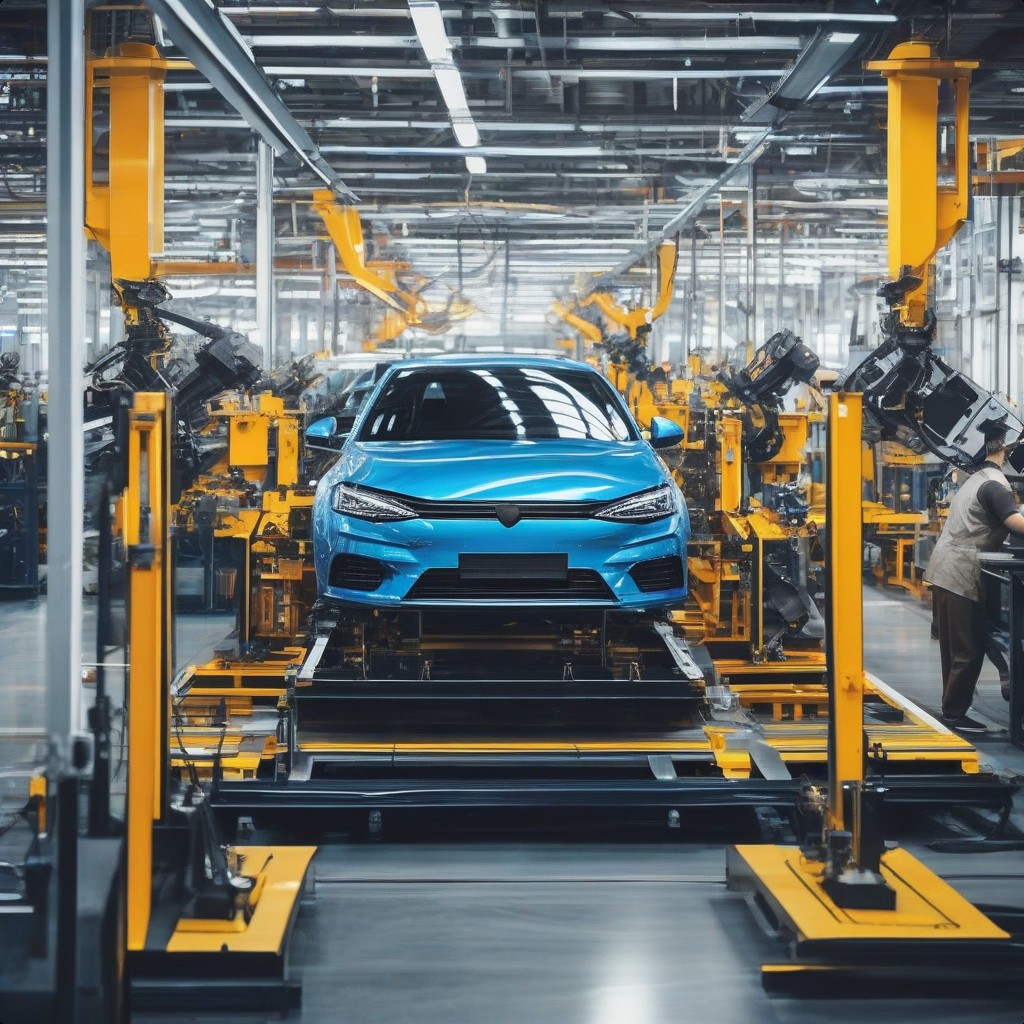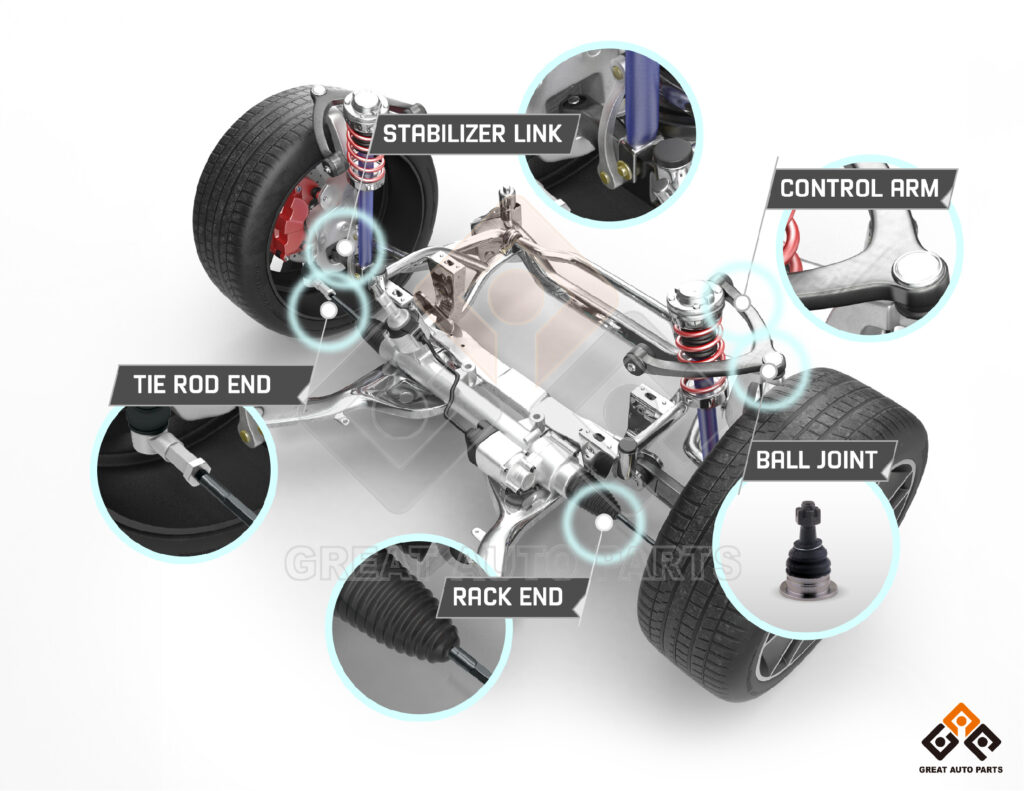Chassis: unlocking its mystique and purpose in your car
Why do passenger cars have a chassis?
Before we dive into the nitty-gritty details, let’s address the big question: Why do passenger cars have a chassis? Think of this Structural framework core as the hidden hero of your vehicle. It quietly provides vital support for various components. Here’s why it’s essential:
- Structural Integrity: The chassis serves as the vehicle’s core foundation. It ensures all parts stay securely in place. It’s like the sturdy frame of a building, but for your car.
- Safety First: Beyond its structural role, this foundation plays a critical part in your safety. In a collision, a robust chassis absorbs and dissipates impact forces. This reduces the risk of injury to you and your passengers.
- Enhanced Handling: Have you ever wondered why your car doesn’t sway like a leaf in the wind when you take a sharp turn? The underlying structure provides stability. It ensures your car responds predictably to your steering input.
- Support for Suspension: A smooth ride owes much to the chassis. It forms the stable platform on which your suspension components work. They absorb bumps and keep you comfortable on the road.
What makes up a passenger car’s chassis?
A vehicle’s chassis is a complex assembly, integrating several key systems that work together to enable motion and control. Understanding its components helps grasp its critical role:
- Frame: This is the primary skeletal structure that supports the entire vehicle. In older cars, it’s a separate ladder-like frame, but in modern unibody designs, the frame is integrated into the body structure itself.
- Suspension System: This includes components like springs, shock absorbers, control arms, and linkages. It connects the wheels to the vehicle body, allowing independent wheel movement while absorbing road shocks and maintaining tire contact with the ground.
- Steering System: This system allows the driver to control the direction of the vehicle. Key parts include the steering wheel, steering column, steering gear (rack and pinion or gearbox), and tie rods that connect to the wheels.
- Braking System: Essential for safety, this system includes brake pedals, master cylinders, brake lines, calipers (disc brakes) or wheel cylinders (drum brakes), and brake pads or shoes. It enables the vehicle to slow down and stop.
- Wheels and Tires: These provide traction and support the vehicle’s weight, transferring steering and braking forces to the road.
- Engine and Drivetrain Mounts: While the engine and drivetrain are separate systems, the chassis provides the mounting points that securely hold them in place, transmitting power to the wheels.
Each of these elements contributes to the overall function and integrity of the car’s Structural framework.
How to tell if your car’s structure is damaged
Now that you understand the importance of a healthy structural core, it’s time to address a common concern: How do you know if your car’s underlying structure is damaged? While it might not come with a flashing warning light, there are telltale signs to watch for:
- Unusual Noises: You might hear creaking, clunking, or squeaking sounds. These often occur when turning or driving over bumps. They can be early indicators of structural issues.
- Uneven Tire Wear: If your tires wear unevenly, misalignment could be the cause. This often links back to problems with the vehicle’s foundation. For more insights, explore our article on understanding your car’s suspension system.
- Handling Woes: A damaged frame can affect your car’s handling. If it feels less responsive, drifts to one side, or shows excessive body roll, it might be time to inspect the main structure.
- Visible Damage: Don’t forget to give your chassis a visual once-over. Look for cracks, rust, or bent components. Any of these can compromise its integrity.
Car frame vs. chassis: what’s the difference?
Understanding the distinction between a car frame and the entire chassis helps clarify their roles:
- Car Frame: Traditionally, a car frame refers to a rigid, ladder-like structure. Manufacturers use it in body-on-frame construction, common in older vehicles. It’s the basic shape upon which the car is built.
- Car Chassis: In modern unibody construction, the chassis encompasses the entire structural framework of the vehicle. This includes the body. It’s a more integrated approach. This design enhances both safety and handling.
Your car’s core: the silent guardian
In a nutshell, your car’s chassis, along with its Steering & Suspension, is your silent guardian. It ensures safety, stability, and a comfortable ride. So, keep an ear out for odd sounds. Watch your tire wear. Stay vigilant for handling quirks. Remember, a healthy structural core means a smoother and safer journey on the road.
At Great Auto Parts, we understand the importance of high-quality steering parts in maintaining your vehicle’s integrity. We rigorously test our products to meet the highest standards. This provides you with reliable and durable solutions. Trust Great Auto Parts to keep your vehicle running smoothly and safely. Contact us today to learn more about our premium products and how we can assist you in maintaining your vehicle’s performance.

